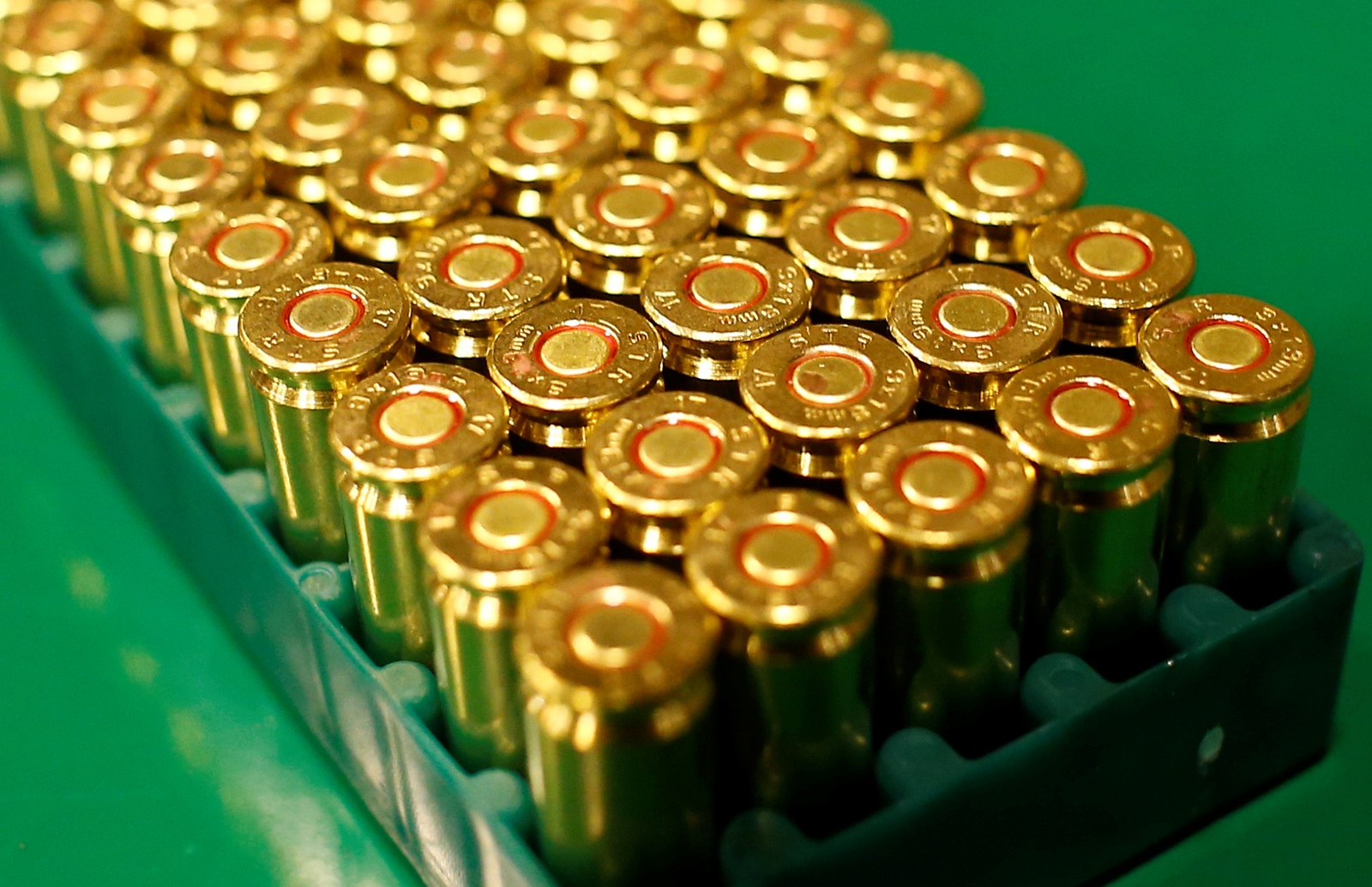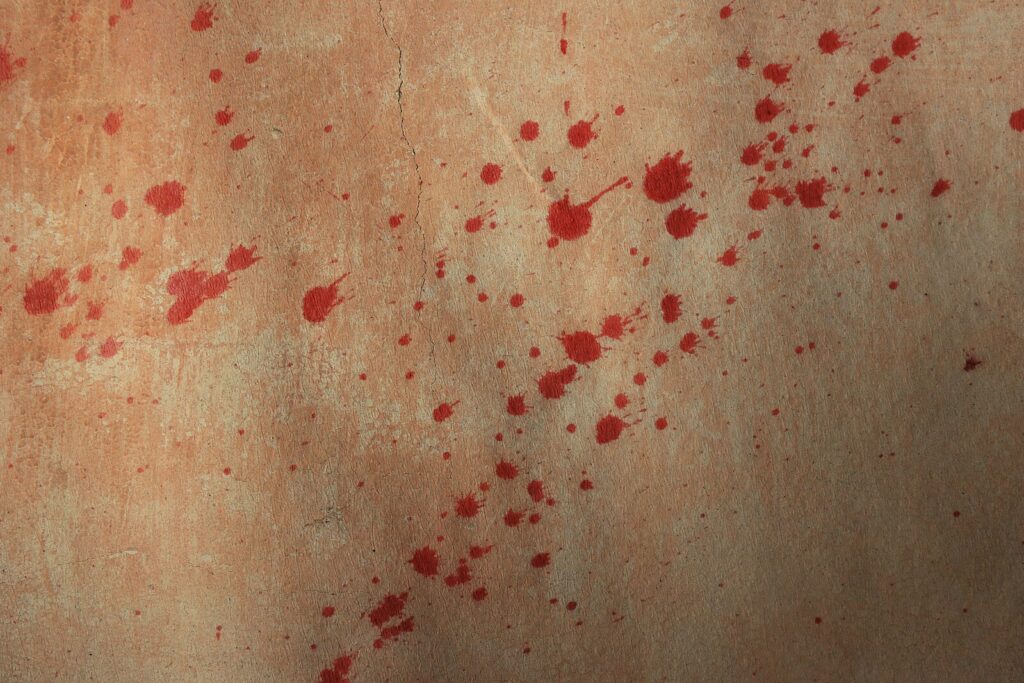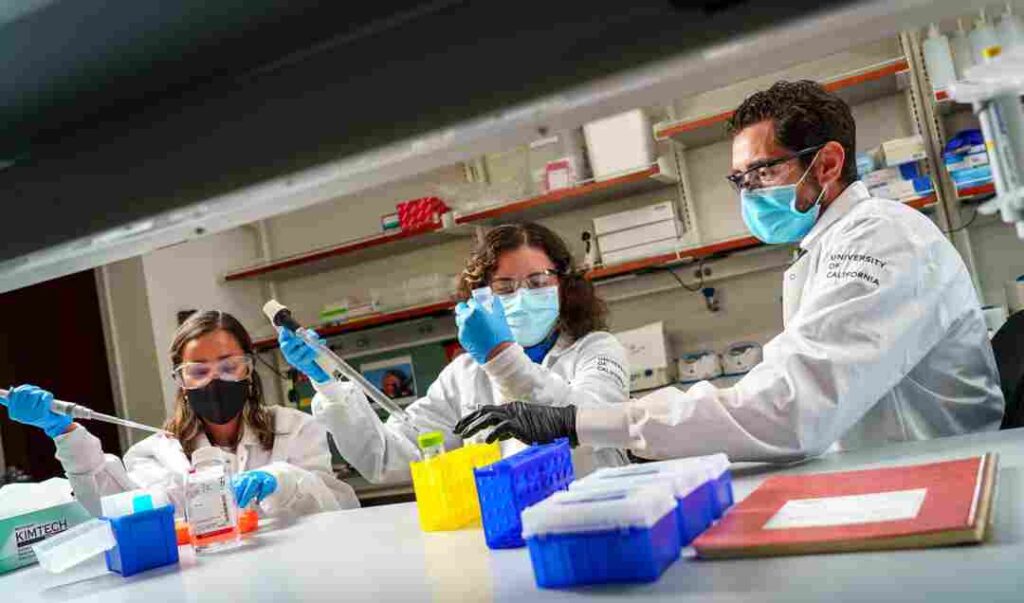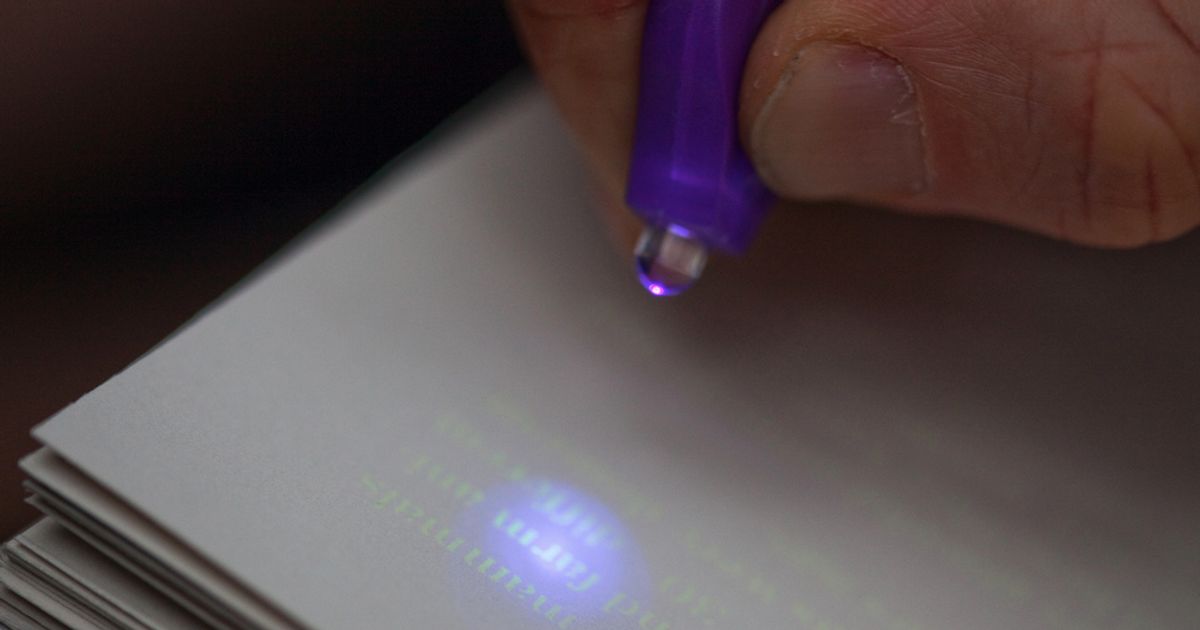Now Reading: Bullet Caliber, Range and Velocity determine blood spatter pattern?
-
01
Bullet Caliber, Range and Velocity determine blood spatter pattern?

Bullet Caliber, Range and Velocity determine blood spatter pattern?
In today’s world, the crimes are only increasing day by day and damaging the society at a steady rate and proving it to be a menace for the country. In one way or the other, the society is also responsible in influencing the criminals and the criminal activities. Though, the government is trying every possible way of bringing down the crimes and no doubt it is working also but majority did not find expected results. With the rapid growth in the technology, the growth in the modus operandi at committing crimes has also been so evident and so making it difficult in the investigation part. But, from the forensic point of view, the investigation part is not that behind too and hence proves itself to be advanced in a lot of ways. In a lot of crimes, the involvement of different firearms is commonly seen and resulting in raising questions when it comes to the investigation part for such crimes.
The article mainly focuses on the ability to determine the blood spatter pattern when it comes to bullet caliber, range and the velocity.
A blood-spatter pattern is the phenomenon of collection of bloodstains delivered by drops of blood that have traveled through the air, from the source area to the target surface. One of the principle issues in scientific investigation of blood-spatter pattern is to figure out where a blood spatter originates from. This serves the reason in crime scene reconstruction of deciding the situation of the source of blood. BPA (blood pattern analysis) specialists/experts investigate numerous bloodstains, named a blood scatter pattern, planning to address the accompanying inquiries: (i) what could have caused such a pattern? (ii) When did the occasion happen? (iii)Where the culprit and the perpetrator were found when the fierce violent crime occurred?. The interpretations that are retrieved after the analysis of bloodstain pattern helps creating a link in apprehending the suspect, corroborate a witness’s statement, aid in the investigation and most importantly finding out the accused, though the investigation would depend a lot on the skills of the investigator and manner in which the whole investigation is carried. The regular utilization of guns in brutal violations also, their resultant blood spatters is of enthusiasm for the scientific community as well.
There have been a lot of studies in the past few years to which provides the knowledge about the effects in the bloodstain patterns with reference to the interactions between the firearm, the suspect and the victim. The following study was being made in which resulted about the differences that were observed in the blood spatter patterns depending on the type of firearm used and the distance kept.
In the study, the firearms used were (1) a Smith and Wesson Model 19, and (2) an M1 Carbine. The Smith and Wesson revolver is a 0.357 magnum, and the M1 is a 0.30 semiautomatic rifle. The two types of ammunition used were (a) Hornady 125 grain, hollow point bullets with a speed of 1,500 feet per second for the Smith and Wesson, and (b) Monarch brass, 110 grain, soft point bullets for the M1. The blood source used was a four gallon-sized water jugs dyed in different colors with food colorings (pink, purple, blue and orange) respectively. The pink dye represented the 0.357 magnum shot from 20 feet, the purple dye represented the 0.357 magnum shot from 40 feet, the blue dye represented the 0.30 rifle shot from 20 feet, and the orange dye represented the 0.30 rifle shot from 40 feet. The results obtained showed that the blood spatter area or pattern will increase with the increase in the caliber of the firearm and away from the target distance.
The blood spatter pattern equally relies on the velocity of the bullet from the firearm, thus can also aid in the identification of type of firearm. The differences can be explained in low, medium and high velocity spatters.
In low velocity when the blood hits the surface, the blood spatters at the range of 5 ft/sec or less resulting in larger droplets of blood (between 4mm and 8mm).
In Medium velocity when the blood hits the surface, the blood spatters at the range of 5 and 100 ft/sec. resulting in smaller diameter droplets of blood.
In High velocity when the blood hits the surface, the blood spatters at the range of over 100 ft/s resulting in the formation of tiny droplets of blood.
Though, there are other techniques also which are used in the analysis of blood spatter pattern such as the technique of stringing, however it takes time for the analysis using this technique. But, from the article we can say that the bullet caliber, range and velocity helps in determining the blood spatter pattern and hence play an essential role in the identification of weapon as well. This will surely aid in the investigation part and will create the link between the crime and the culprit.
References
1. Comiskey, P. M., Yarin, A. L., Kim, S. & Attinger, D. Prediction of blood back spatter from a gunshot in bloodstain pattern analysis. Phys. Rev. Fluids (2016). doi:10.1103/PhysRevFluids.1.043201
2.Comiskey, P. M., Yarin, A. L. & Attinger, D. Hydrodynamics of forward blood spattering caused by a bullet of general shape. Phys. Fluids (2019). doi:10.1063/1.5111835
3.James, S. H., Nordby, J. J. & Bell, S. Forensic science: An introduction to scientific and investigative techniques: Fourth edition. Forensic Science: An Introduction to Scientific and Investigative Techniques: Fourth Edition (2014). doi:10.1201/b16445
4.Victoria Erb and Cassandra Sheffield Edited by Heidi Rockwell .Texas A&M University – CollegeStation, TX- Effect of Different Bullet Calibers and Target Distances on Blood Spatter.
5. https://sites.google.com/site/bloodspatteranalysisforensics/bloodstain-pattern-analysis
Author :- Shikhar Mathur, Intern at Legal Desire (2020)
My studies for Forensic Sciences started from my graduation where I completed my degree of B.Sc(hons) Forensic Science. Later, i pursued my Master’s degree in the same field with the specialisation in forensic physics and ballistics and i am currently in my final semester . I have undergone internship in state forensic science laboratory, moradabad and have attended workshops, several conferences, and even volunteered in some. I have been to other Cfsl’s and Rfsl’s, and DFS as well which has given me an opportunity to learn about the different perks of forensics from the practical aspects. During my Master’s i have been able to get hands on experiences on different instruments which are used in the field of forensics. I have been able to work as a student in the ballistics research and training centre of Gujarat forensic sciences university and hence have certain knowledge of different ballistic materials testing and development.
I am willing to pursue my career in FSL so i could help in the police investigation hence serve the justice system of our country.










